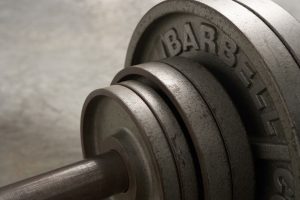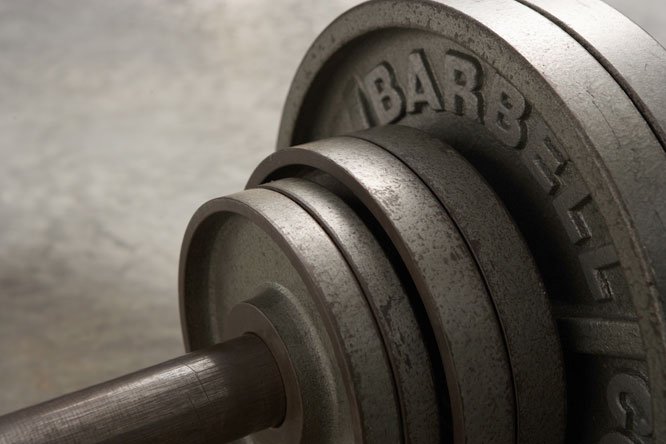If muscle-building is one of your goals this series I’m about to embark on is just the one for you. With muscle-building and strength being two of my biggest passions in life I’ve spent a lot of time researching these topics and trying to get better about both. So with that said I present to you the next chapter of muscle-building. No, I’m not saying I have the “secret” to building muscle but I can certainly help you sort through the BS and all the things you are trying to be sold, and I can look at evidence to see just what does appear to be truly effective.
In the upcoming weeks and likely months we will go over several factors at play for muscle-building. We will look at how muscle is built, training strategies, eating strategies and of course muscle science. Anything and everything that has to do with muscle-building will likely be touched. Excuse me for getting excited but I can’t help it, I love muscle-building! So much so I’m surprised I haven’t turned into one of those “eternal bulk” guys we all probably know. You know that guy you’ve seen at the gym for 3 years that keeps getting bigger and bigger by all meanings of the word? It’s probably a good thing, at least for my health, that I still somewhat care about aesthetics. Regardless of my goals, however, strength and size are always at the top of the list in terms of importance.

One factor I left out for optimal muscle-building was rep range, and for a reason. As more and more research comes out it has become evident that volume is key for both efficient and continual progress. When it comes to rep ranges typically it’s thought that sets under 6 reps are for building strength, reps from 8-12 are for hypertrophy (size) and reps above 12 are for muscle endurance. No longer can one rep range be named king of muscle-building because when volume is equated it tends to be about the same regardless of rep range. Just take a look at research led by Brad Schoenfeld published this year in the Journal of Strength and Conditioning Research. (1)
In this study they compared a bodybuilding style of training to a powerlifting style of training but kept total volume the same. 17 young men were randomly assigned to either a bodybuilding style of training where they performed 3 sets of their 10 rep max (RM) with 90 seconds rest or a powerlifting style of training where they performed 7 sets of 3RM with 3 minutes rest. After 8 weeks there was no significant difference noted in muscle thickness of the biceps brachii. There was, however, a significant increase in strength of the 1 rep max for bench press in the powerlifting style of training group.
Given the typical thought process that low rep training is best for strength, medium for hypertrophy and high rep for muscle endurance it should be no surprise the 3RM group gained more strength. But shouldn’t the 10RM group have built more size? Perhaps the trial wasn’t long enough to make a significant difference, or perhaps because the volume was equated it didn’t make a difference. I tend to think the latter.

Obviously some sort of balance is needed for the greatest results, but I’m getting ahead of myself. I will definitely cover rep ranges and how to not only include them in your training but properly periodize them in future articles but not yet. First, I want to talk more about volume. One mistake people will make when they hear volume is king is that they should just go out and move as much total weight as possible, but you can’t jump into an extremely high volume routine with no consequences. It needs to be properly implemented over time or you will undoubtedly burnout your central nervous system.
When we return next time we’ll look deeper into this topic and discuss how to track your volume and how to properly increase over time for better strength and size. We want to make sure you don’t hit any major plateaus along the way and that’s just the info I plan to bring in the upcoming weeks. I hope you’ll join me again!





